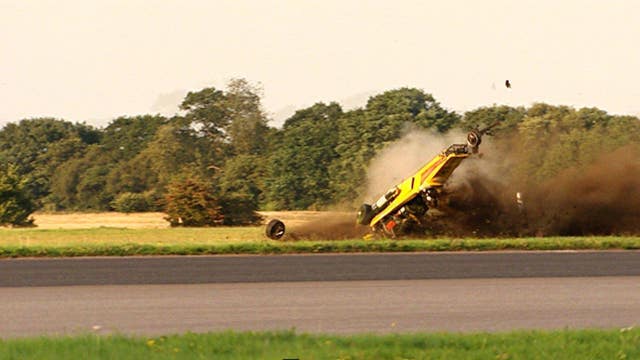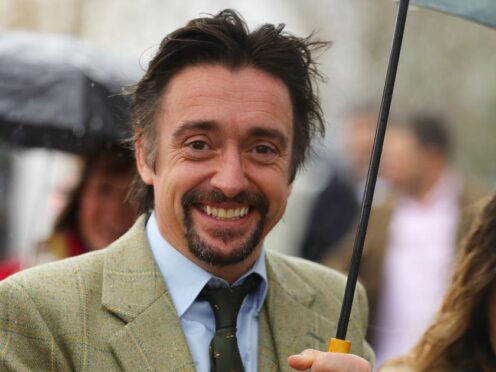Richard Hammond has said he fears his worsening memory loss is the result of a more serious condition caused by his 2006 high-speed crash.
The TV presenter, 53, said he had been “too scared” to get checked by a professional for signs of conditions that might have such an effect, such as early onset dementia.
Hammond crashed a jet-powered dragster called Vampire at nearly 320mph while filming for Top Gear at the former RAF Elvington airbase near York.
Although the incident left him with serious head injuries, he recovered and returned to the show in early 2007.

Hammond told The Diary Of A CEO podcast: “I do worry about my memory because it’s not brilliant. My working memory is very large, my processing memory in the moment. So I can still read a page of script and deliver it. But my longer-term memory, not brilliant.
“I have to consciously write memories down and work hard to recall them sometimes. It might be because I’m 53, it might be because I’m working a lot and I’m tired, it might be the onset of something else.”
Asked by host Steven Bartlett if he worried about that, he replied: “Yes, I do. I should probably have a look and find out. Probably should.”
Asked if he was scared to find out, he added: “Yes, because it was a bleed on the front. It could mean there is an increased risk. I don’t know. I need to find out. I’ve just been too scared to do it but I do need to. I need to do it.”
He added that he recently told a doctor during a medical for a production that he needed “to book myself in for one of those mid-life MOTs to see everything is OK”.
Hammond did not directly refer to early onset dementia but said he “probably needs an MRI scan”.
He added: “But at 53 your memory does start to get a bit – they call it lost key syndrome, the doctors did, when I first came home from brain injury.
“They have it with a lot of patients. They would lose their keys and go into an absolute flap, tail spin, panic.”
He said he was “quite forgetful” as a person “so I do drop the ball – I forget stuff, I forget keys”.
He added: “That’s just me, that’s not a function of something going wrong. It’s how I am.”
